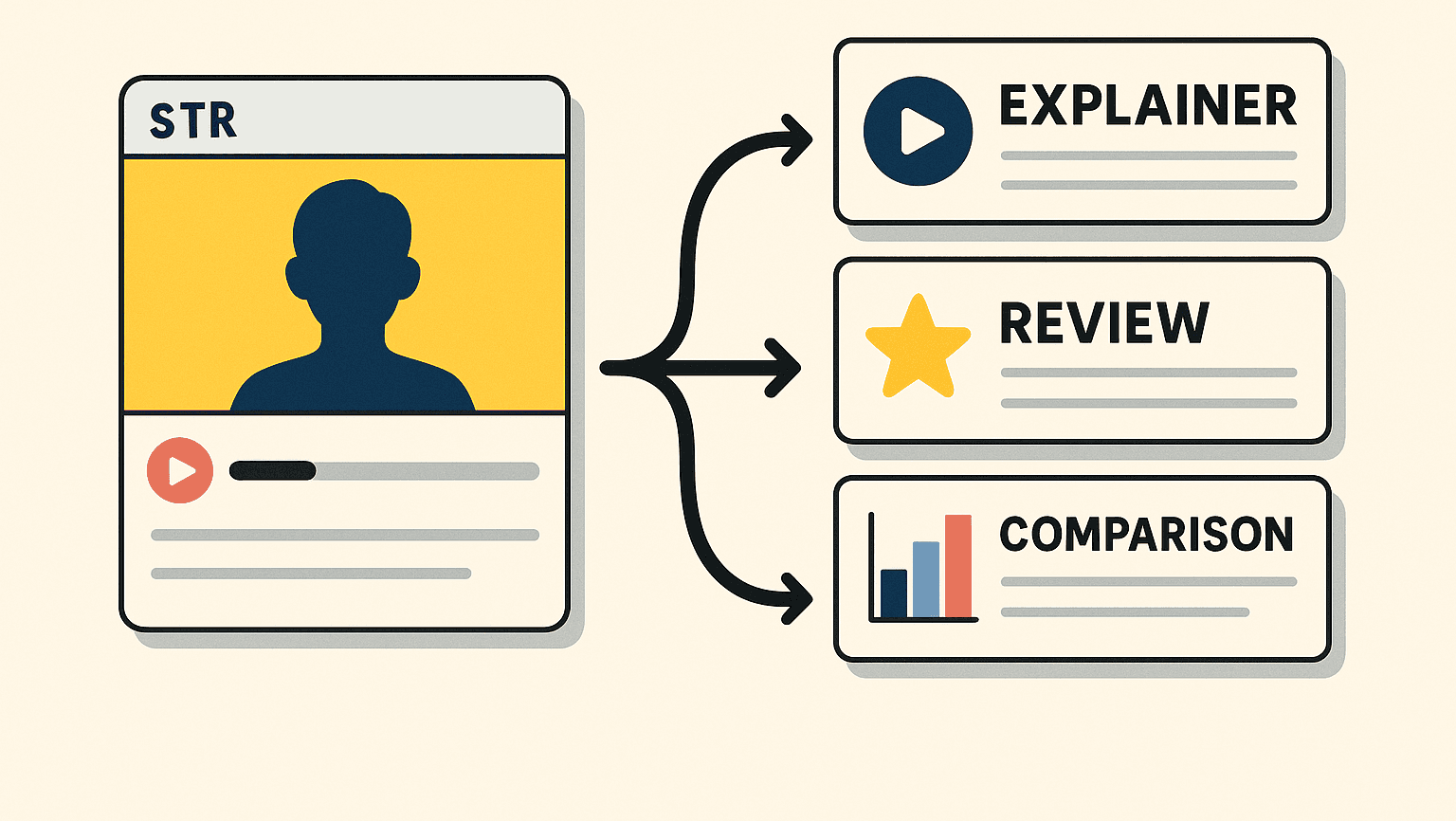Turn Data Into Revenue: A First‑Party Strategy That Actually Pays Off

Turn Data Into Revenue: A First‑Party Strategy That Actually Pays Off
TL;DR
- Use-cases before tools. Design the outcome, then choose tech—never the reverse. Dashboards don’t create growth; strategy does.
- Consent and value exchange are non-negotiable. Give utility to get data; respect preferences. Consumers notice when your “personalization” feels more like surveillance.
- Measure with holdouts. Prove each audience or trigger actually moves revenue. If it doesn’t, stop calling it a strategy—it’s just an expensive hobby.
Why This Matters Now
Let’s be honest: marketers used to treat third-party cookies like oxygen—essential, invisible, and never questioned. Now that they’re disappearing, a lot of teams are gasping for air.
But here’s the good news: you don’t need to panic-breathe into a pixel-shaped paper bag. You just need a first-party data strategy that starts with use-cases instead of tools.
A strong first-party system doesn’t begin with “let’s buy a CDP.” It begins with “let’s figure out what decisions we need to make.” Collecting less data—but better data—can actually earn you more revenue, because it’s tied to actions that matter.
Privacy-first marketing isn’t just the law—it’s the new loyalty program. When customers trust you enough to share information willingly, you’re already halfway to retention.
And let’s face it: “trust” scales better than “tracking” ever did.
What to Do This Month
1. Start with Three Revenue Use-Cases
Forget the jargon. Ask, “Where can data make us money right now?”
- Upsell: How can we help customers discover premium features they’ll actually use?
- Churn save: How can we detect drop-off signals before it’s too late?
- Cross-sell: What’s the next logical product someone truly needs, not what our algorithm shouts about?
Each use-case should have one clear metric—revenue, retention, or repeat purchase—and one agreed source of truth.
“If you can’t explain the use-case to your intern in under 30 seconds, it’s not a use-case—it’s a midlife crisis in data form.”
2. Wire Server-Side Tagging Like a Grown-Up Brand
Client-side tags are like teenagers: they do what they want, when they want, and occasionally disappear without warning. Server-side measurement is how you bring discipline back into the house.
It’s cleaner, more compliant, and far less prone to ad-block chaos. Plus, it puts you in control of your own data flows instead of letting every ad network peek over your shoulder.
You don’t need to rebuild your stack from scratch—just start by migrating the highest-value events first (like purchases, sign-ups, and cancellations).
3. Design Consent That Doesn’t Feel Like Homework
Nobody enjoys 47 checkboxes. Respect people’s attention and make consent feel intuitive. The best UX for privacy isn’t legalese—it’s clarity.
Show users what they get in return for opting in: better recommendations, faster checkout, early access, etc.
Make it feel like a value trade, not a privacy tax.
A simple rule: if your consent banner feels like an obstacle course, you’ve already lost the data and the customer.
4. Run Audience Holdouts
This is the secret sauce of scientific marketing: proving lift. Create groups that don’t receive a particular trigger or personalization and compare results.
Most marketers fear holdouts because they “waste impressions.” In reality, they save you from wasting entire quarters on tactics that don’t work.
Think of holdouts as truth serum for your campaigns. They don’t lie, they just tell you things you didn’t want to hear.
Evidence & Caveats
According to McKinsey, companies that design their first-party data strategies around value exchange see 20–40% higher marketing efficiency and 30% better ROI on personalization efforts.
Server-side tagging, meanwhile, delivers a 40% improvement in signal continuity after privacy rollouts. But the most underrated gain is cultural: aligning marketing, data, and legal under a shared definition of “trustworthy growth.”
The caveat? It’s not instant. Building reliable data pipelines takes months, not days. But it’s a one-time pain for long-term peace of mind.
FAQs & Objections
Do we need a CDP to start?
No. You need discipline, not a six-figure invoice. Start small, prove ROI, then scale your stack when your data actually earns its keep.
Isn’t this all too technical for marketers?
Only if you treat technology like a foreign language instead of a dialect of strategy. You don’t need to code—you just need to understand what you’re asking for.
What if customers don’t share data at all?
Then your product doesn’t provide enough value in return. People share when they trust, and they trust when they see value. It’s not a tracking problem; it’s a relationship problem.
Can’t we just rent third-party data again?
You can also rent a jet ski during a hurricane, but that doesn’t make it smart.
The Bigger Picture
This isn’t about replacing cookies—it’s about replacing mindsets. Marketers who treat data as a borrowed privilege, not a guaranteed right, will win in the privacy-first future.
A great first-party strategy has three virtues: transparency, utility, and humility. You tell people what you’re doing, why it helps them, and you respect their choice.
And yes, it pays off. Brands that use first-party data to predict behavior ethically earn compounding trust. Trust leads to engagement, engagement leads to loyalty, and loyalty—surprise!—leads to revenue.
So if you’re still clinging to third-party shortcuts, it’s time for an intervention. The cookie jar is empty. But the fridge—the one labeled “first-party data”—is full of ingredients for sustainable growth.
(And remember: the best data strategy isn’t the one that collects the most information—it’s the one that earns the right to keep it.)
Read similar content
References (1)
Similar topics

Creators as the New SEM: Build Searchable Trust, Not Just Impressions
When creators become media channels, brands win by making their content discoverable, trustworthy and measurable—not just viral.

Design for Stream→Search: Sequencing Content That Survives the Algorithm
Why brands need content ladders that move people from passive scrolling to active searching—and how to build sequences that compounding attention.

AI Where It Helps: Variant Factories, Human Guardrails
AI boosts performance when it scales creative options and automates low-risk decisions—while humans keep judgment, claims, and brand integrity intact.

Ditch Vanity: The 4 Social Metrics That Predict Revenue
Likes don’t pay rent. Conversation, amplification, applause, and economic value do. Here’s how to measure social like a strategist—not a scoreboard watcher.